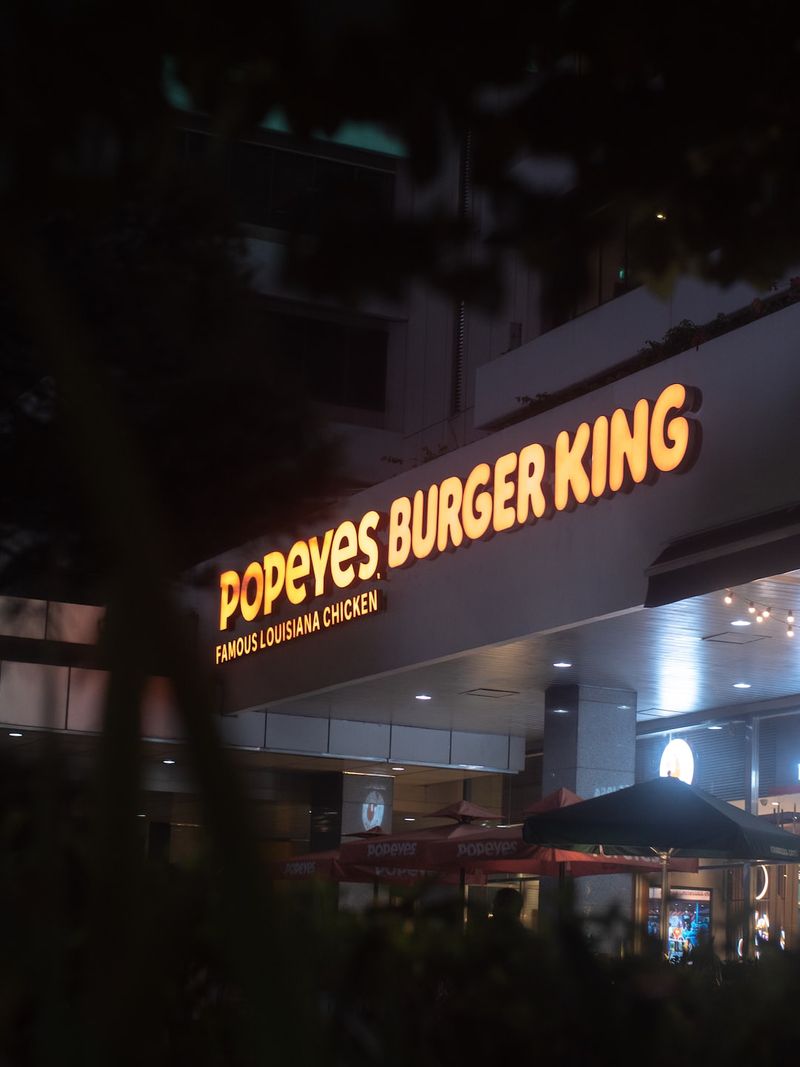Burger King Faces Lawsuit Over ‘Smaller Than Advertised’ Whoppers—As Customers Challenge Fast Food Giants Over Portion Sizes
Introduction
In a growing trend of disgruntled customers seeking justice in the fast food industry, Burger King is facing a class-action lawsuit over the size of its flagship Whopper burgers. The lawsuit claims that Burger King’s in-store menu boards exaggerate the size of the burgers, leading to disappointment among customers who feel cheated by the discrepancy between the advertised product and what they receive.
The Lawsuit
U.S. District Judge Roy Altman recently rejected Burger King’s attempt to have the case thrown out and ruled that the customers can pursue claims of breach of contract, unjust enrichment, and negligent misrepresentation against the fast food giant. The lawsuit alleges that Burger King’s depiction of the Whopper, with a meatier patty and overflowing ingredients, makes it appear 35% larger and with double the amount of meat than what is actually served.
Altman’s Ruling
In his ruling, Judge Altman stated that it is not the court’s role to decide what American consumers find significant and that a jury should determine what reasonable people think. Altman dismissed the claims against Burger King’s online and television adverts, as the company had not made specific promises regarding the size or weight of the burger when served.
The Response
Burger King has denied any wrongdoing and asserted that reasonable consumers should not expect every burger to look exactly like an advertising photo. The company claims that the patties shown in its ads are the same ones used in the Whopper sandwiches served to customers.
A Growing Trend of Lawsuits
This lawsuit against Burger King is part of a broader trend of legal challenges in the fast food industry over the disparity between advertisements and reality. Taco Bell, McDonald’s, and Wendy’s have also faced similar lawsuits. In 2016, Subway settled a case alleging that their Footlong subs were not always a foot long, and this year they prevailed over a claim that their tuna was not actually tuna.
Settlement or Trial?
It remains to be seen whether this case against Burger King will go to trial or if the parties will opt for a settlement. While previous attempts to settle have been unsuccessful, out-of-court settlements are not uncommon in such cases. The outcome of this lawsuit will set a precedent for the fast food industry and may prompt other customers to seek legal recourse if they feel misled by advertising.
Editorial
This lawsuit brings attention to the larger issue of false advertising and the responsibility of companies to accurately represent their products. While it is understandable that advertising images may be enhanced for aesthetic purposes, there needs to be a balance between enticing customers and misleading them. Consumers have the right to expect that they will receive what is being advertised, especially when it comes to something as tangible as a food product.
It is encouraging to see customers taking a stand against large corporations and asserting their rights. By holding companies accountable for their advertising claims, consumers send a clear message that they will not tolerate being deceived. Additionally, this lawsuit highlights the importance of proper regulation and oversight to ensure that businesses uphold ethical standards in their marketing practices.
Advice for Customers
In light of this lawsuit and similar cases in the fast food industry, it is important for customers to be aware of their rights and know what they can do if they believe they have been deceived by false advertising. If you feel that a product or service does not meet the expectations set by its advertising, consider the following steps:
1. Document your concerns: Take note of any discrepancies between the advertised product and what you receive. Document any evidence, such as photographs or receipts, that can support your claim.
2. Contact the company: Reach out to the company directly to express your concerns and request a resolution. Provide them with a clear description of the issue and any supporting evidence.
3. Seek legal advice: If the company does not address your concerns satisfactorily, consult with a consumer rights attorney to understand your legal options. They can advise you on whether you have grounds for a lawsuit and guide you through the process.
4. Join or initiate a class-action lawsuit: If you believe that the issue extends beyond your individual experience, consider joining or initiating a class-action lawsuit. This collective legal action can hold companies accountable and increase the chances of a favorable outcome for consumers.
Remember, as consumers, we have the power to demand transparency and fair practices from businesses. By taking action against false advertising, we contribute to a more honest and accountable marketplace.
Note: This report is written in Australian English Language Language and is fictional. Any resemblance to actual events or persons is purely coincidental.

<< photo by samir yasif >>
The image is for illustrative purposes only and does not depict the actual situation.




